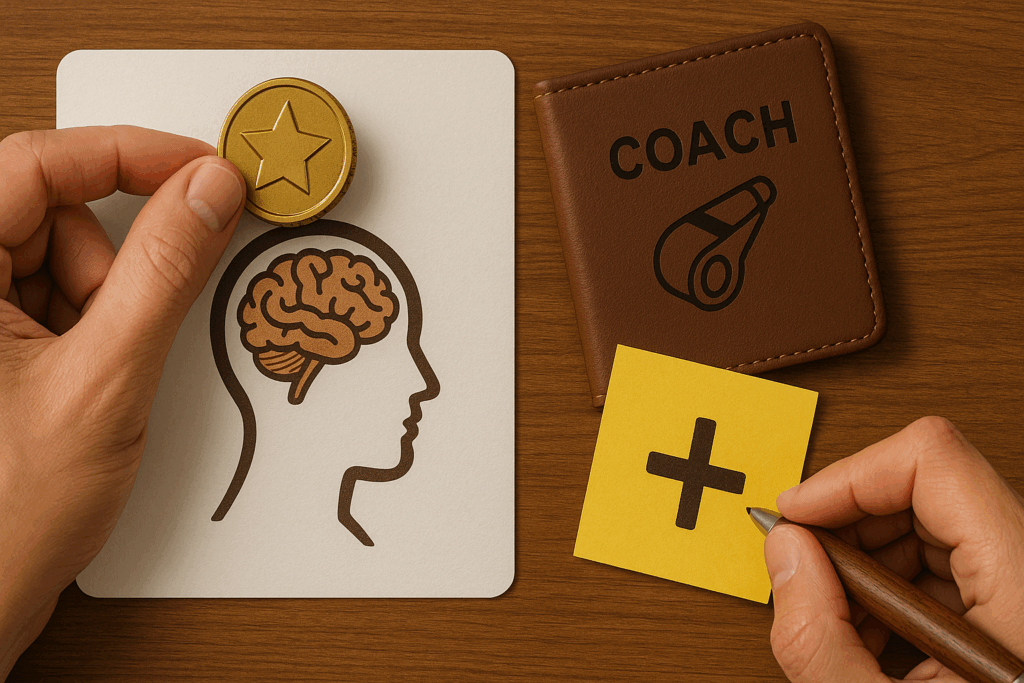As I write this blog, it is a cold winter morning in the Midwest. For those of us who live in cold areas, is there anything worse than being out in freezing weather, and when you get in your car and turn the key… nothing happens. You hear the dreaded “click, click, click” that accompanies a dead battery. Often, we didn’t prepare in the warm months for the events that can happen in the cold. Isn’t this a great metaphor for our personal and professional relationships?
It seems shocking to many of us when Gallup comes out with their work engagement numbers, and we read that 65% of employees are either not engaged or actively disengaged (Harter, 2020). This proves we have a significant problem in the workplace and that many “dead batteries” in our lives need charging so they don’t continue to kill our relationships and impact change, growth, and performance.
So I thought to myself, what can we learn from charging an actual car battery. The Meineke resource center states that this is not a complicated process if you are prepared. Check out these steps.
- Park the vehicles next to each other.
- Both vehicles should be off. Set the parking breaks.
- Attach one red clamp to the positive terminal on the dead battery.
- Attach the other red clamp to the positive terminal on the working battery.
- Attach the partnered black clamp to the negative terminal on the working battery.
- Attach the partnered black cable to a clean nut or bolt on the engine block.
- Start the working vehicle and let it run for a few seconds.
- Start the dead vehicle. It should turn on.
- If it doesn’t turn on, try revving the engine of the working vehicle.
- Disconnect the black jumper cables first, then disconnect the red ones.
As I typed out these steps, the words jumped off the page to me. There is a direct correlation between charging the battery and recharging a relationship. Here is how I translate this for our critical conversations and relational connections.
- Be prepared
- Get close to your people
- Control your emotions
- Use the positive charge first and start with the other person in mind
- Use the negative charge, but it has to be in the right order and at the proper dosage
- You matter in the process because you control your emotions and feedback
- If the relationship doesn’t get better, keep at it
- Properly disconnect from the conversation and gain commitment on steps for moving forward
- Finally, sometimes dead batteries leak acid causing corrosion and damage. Don’t fear replacing them if the battery is causing harm
Did you know that you have the power to “jump-start” someone’s battery through neurochemistry? Our brain chemistry helps us better understand how individuals respond when exposed to situations where trust, empathy, connection, and stress are present. My mentor Dr. Boyatzis and his colleagues describe decades of research that help us better understand Positive Emotional Attractors (PEA) and Negative Emotional Attractors (NEA) (Boyatzis, Smith, & Van Oosten, 2019).
Like our red and black cables, both PEA and NEA are important to jump starting and having a healthy battery. The PEA enables us to thrive by activating stress-alleviating hormones (i.e., Oxytocin) that produce positive feelings like hope and joy. The NEA is also vital as it helps us activate hormonal stress responses (i.e., Cortisol) to fight, flight, or prepare for defense. The NEA also sharpens our focus cognitively or emotionally, but we need to be mindful that we don’t “over charge” this system. Utilizing PEA and NEA in the proper order while also delivering them in the right dosage.
The desired balance of PEA vs. NEA depends upon the situation, behavior, reaction, and desired outcome. Research supports that for sustained change, a person needs to be in the PEA 2 to 5 times the frequency or amount of time as the NEA (Boyatzis, Rochford, & Taylor, 2015). Let’s process this information when we think about filling or draining the battery in our relationships.
Disengagement (drained or dead batteries) is a real problem, but we can make an impact every day in every conversation. Like charging a battery, the steps listed above aren’t complicated, but they do take preparation and practice. As the winter gets cold, don’t let your relationships do the same.
Boyatzis, R. E., Rochford, K., & Taylor, S. N. (2015). The role of the positive emotional attractor in vision and shared vision: toward effective leadership, relationships, and engagement. Frontiers in psychology, 6(Article 670). doi:https://doi.org/10.3389/fpsyg.2015.00670
Boyatzis, R. E., Smith, M. L., & Van Oosten, E. (2019). Helping people change: Coaching with compassion for lifelong learning and growth. Boston, MA: Harvard Business Review Press.
Harter, J. (2020, February 4). 4 Factors Driving Record-High Employee Engagement in U.S. Gallup, Inc.





